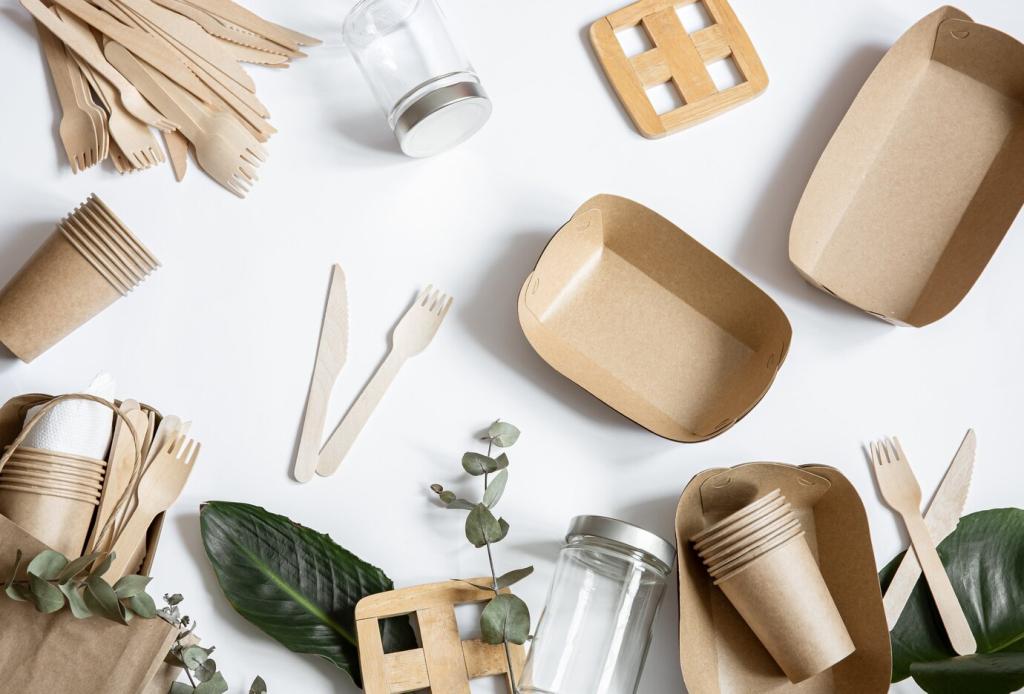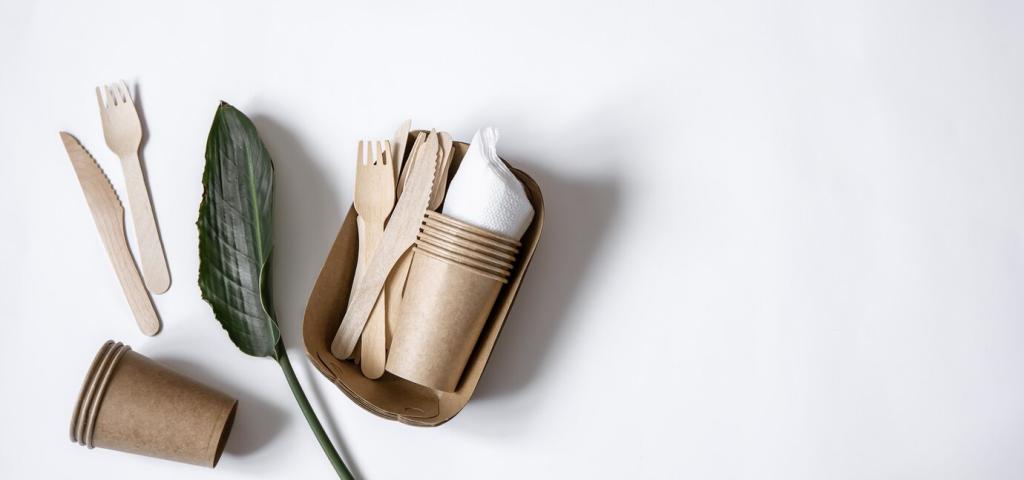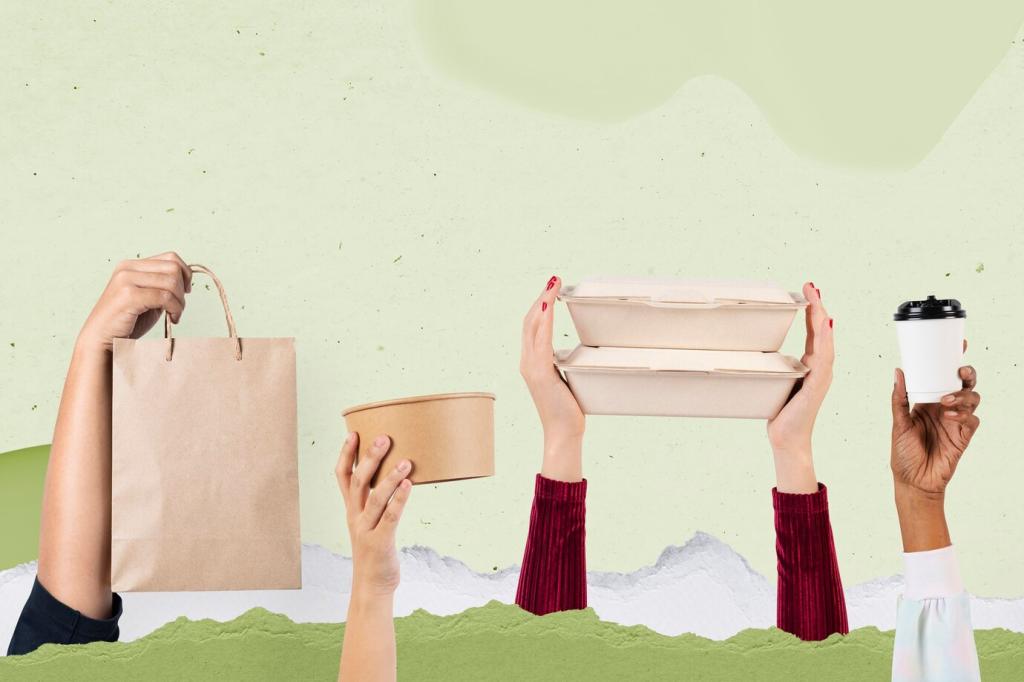Design for End-of-Life: Where Your Package Goes Matters
Home composting runs cooler and slower than industrial facilities. Packaging certified for home compost breaks down under variable backyard conditions. Industrial-only items need collection and commercial processing to meet timelines. Add clear icons on your bins, and tell readers whether your neighborhood supports commercial composting to help set realistic expectations.
Design for End-of-Life: Where Your Package Goes Matters
When composting is unavailable, design for paper recycling by avoiding plastic films, laminates, and foils. Use water-based coatings and cold-set glues where possible. Simpler, mono-material packages generally achieve higher recovery rates. If you have a great example of a fiber-only design that still resists grease, share the link for others to learn.



